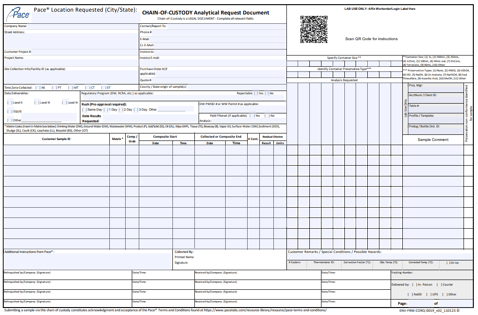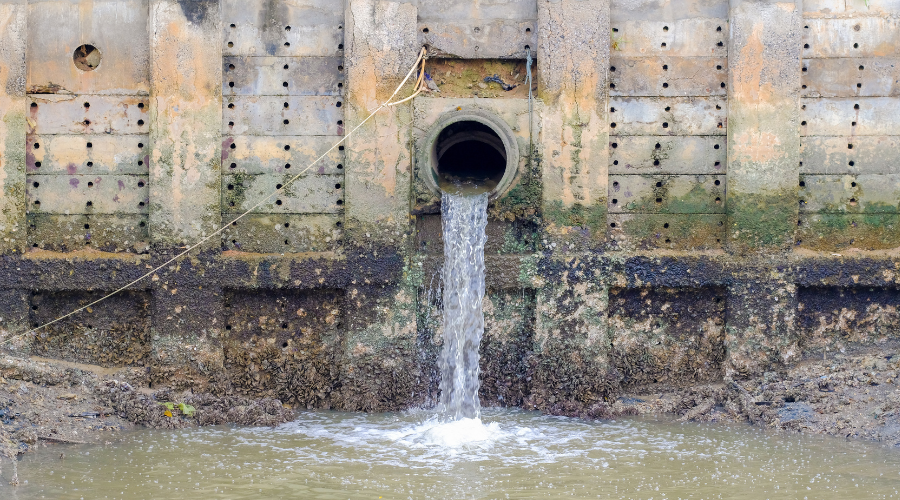The Chain of Custody Form: Sample Collection, Where it All Begins

The quality of data generated by the laboratory is only as good as the quality of the sample collected in the field. The Chain of Custody form is a critical document that guarantees the integrity and reliability of samples collected for analysis. This form documents every stage of the process and assigns responsibility for the sample at each stage. It is particularly crucial in legal proceedings where the analytical data may be used as evidence.
The COC form also acts as a set of instructions for the laboratory conducting the analysis. It conveys your needs and requirements, ensuring the laboratory fully comprehends what needs to be done. Furthermore, it specifies the essential information the laboratory should provide when delivering its results.
Communication is Key
Effective communication is essential for the analysis process. When reaching out to the laboratory, it is important to provide the following key details to kickstart the analysis process:
- Who is contracting the work?
- Where is the location of the project/collection?
- What is the time zone of sample?
- Who should be receiving the analytical results?
- What is the project reference number?
Understanding the sample collection location and time zones is crucial for laboratories as these factors can impact analytical requirements. Each state has the authority to regulate its environmental programs, provided they meet the federal Environmental Protection Agency's minimum requirements. Identifying the sample's origin is vital for determining specific analytical requirements, as different environments may contain unique substances that require distinct testing methods. Furthermore, considering time zones is essential to ensuring sample integrity and precise analytical results. Holding time is the maximum time allowed between sample collection and analysis, and time zone differences can impact that calculation by several hours. Remember, to account for time zones in states with split zones as well.
Once we have grasped the fundamental aspects of the project, the laboratory requires sample details. To meet legal requirements set by federal and state regulations, it is necessary to document the sample name, sampling location, date, and time for sample data. Moreover, the laboratory needs to understand the client's specifications in the areas of regulatory program, matrix, number and type of containers, and sample identification.
The regulatory program assists the lab in ascertaining the specific regulatory guidelines governing the project, ensuring adherence to the relevant regulations.
The Matrix denotes the type of sample being collected. Accurately identifying the type is crucial as it determines the suitable testing methods and sample handling procedures.
The lab also needs to record the total number and specific types of containers submitted for the samples, aiding in the organization, tracking, storage, transportation, and analysis of the samples. Additionally, using the unique sample identification (ID) provided in the permit or project documentation is essential for traceability and accurate reporting. Proper documentation of these details is not only legally mandated but also crucial for the lab to ensure compliance with regulatory standards and maintain accurate and reliable data.
In summary, the COC form is a vital tool in sample collection and analysis. It establishes clear communication between you and the laboratory, ensuring your requirements are met. It also maintains sample integrity and ensures data reliability.
For more information on the Pace® Chain of Custody and Pace® ezLog click here.


.png)